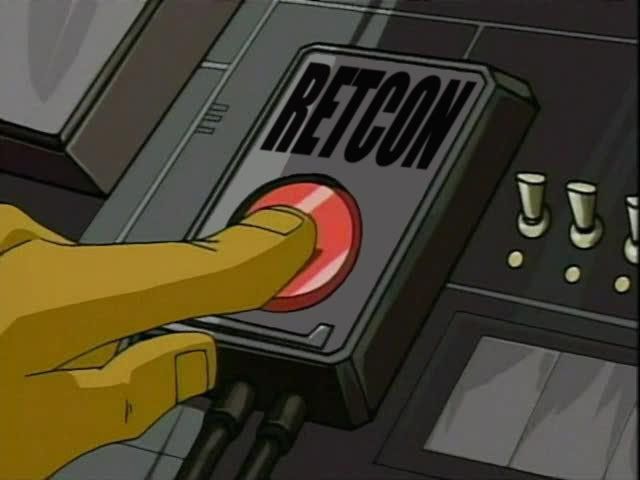"Sword & Planet"/Planetary Romance is not exactly an under-presented genre in gaming (allowing for its relative lack of presence in current media). I can think of two recent games that tackle the genre directly (Warriors of the Red Planet and Planets of Peril) with things like Carcosa perhaps touching on it. And there are others. Most of these seem to borrow directly from the Burroughs style, perhaps learning a thing or two from his imitators. One element of Burroughs's later Mars and Venus books that is sometimes lacking or minimized is that Barsoom and Amtor aren't just fantasy worlds. They--a lot like Oz--are collections of "lost worlds."
Burroughs made a career of borrowing from the H.R. Haggard tradition of hidden, exotic societies/cultures in out-of-the-way places. Except for the "baseline" culture also being exotic or alien, Barsoom and Amtor really aren't that different from Tarzan's Africa; it had thorn-girt lands full of dinosaurs and monkey men, and lost Roman colonies, and intelligent apes who thought they were living in London, etc.
The hordes of sword and planet novels of the 60s don't really do any more with this than Burroughs, mainly content to have swashbuckling derring-do with airships and half-naked princesses--and to be fair, that is probably enough for anybody--but elsewhere the whole "planet of exotic adventure" thing got pushed to patchwork, crazy-quilt levels of exotic sub-worlds: Alex Raymond's Flash Gordon.
Mongo had the Orientalist city of Ming the Merciless (with a beautiful princess), but also the ice kingdom of Frigia (with a beautiful queen), and underground kingdom with Magic Men and death dwarfs (beautiful queen there, too), plus Shark Men, Lion Men, and Hawk Men. There is a uniformity to most Barsoomian city-states with their jeddaks and metal harnesses that is thrown out the window in Flash Gordon.
This sort of thing didn't end with Mongo. Jack Vance sort of does it in his Planet of Adventure novels. Lin Carter (of course) got into the act and combined it with the dying earth in his Gondwane novels. Though seeing the Vadim/Fonda film of 1968 might not convey this, the first Barbarella saga in the comic strip has her crashing on the planet Lythion and encountering undersea people ruled by a Medusa and a society modeled on 19th Century Earth, among other adventures.
This sort of thing would be easy in gaming, though it would make sessions somewhat unpredictable from the players' standpoint. The map would just be a lot of questions marks where almost anything might go.
6 hours ago



















